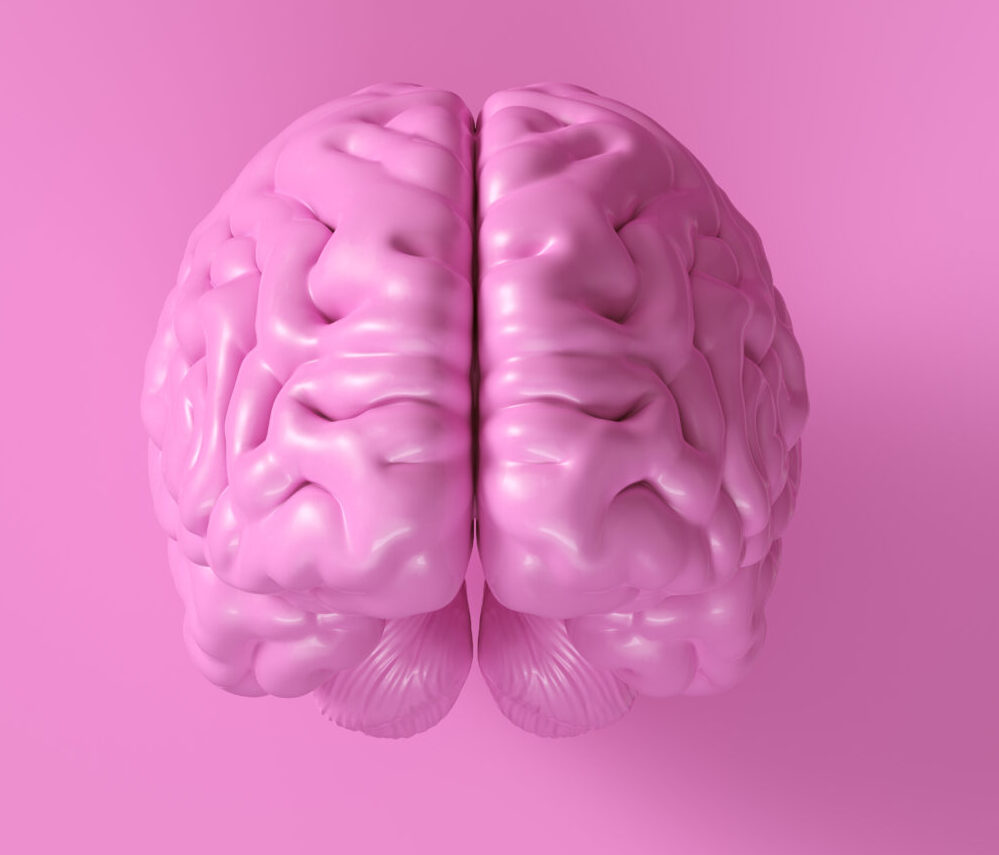White Matter Lesions: The Silent Epidemic Threatening Brain Health
White matter lesions, often referred to as white matter hyperintensities, are areas of damage in the brain that can be detected using magnetic resonance imaging (MRI). These lesions appear as bright spots on MRI scans and are commonly found in the white matter of the brain, which is responsible for transmitting signals between different brain regions. Despite their prevalence, white matter lesions often go unnoticed until they start affecting cognitive and physical abilities.
### What Causes White Matter Lesions?
White matter lesions can result from various factors, including reduced blood flow to the brain, damage to small blood vessels, and autoimmune diseases like multiple sclerosis. In multiple sclerosis, the immune system attacks the protective covering of nerve fibers, leading to demyelination and lesions in both the brain and spinal cord[3]. Additionally, conditions such as hypertension and diabetes can increase the risk of developing these lesions by damaging the small vessels in the brain[5].
### Impact on Health
The presence of white matter lesions is strongly associated with cognitive decline, particularly in older adults. These lesions can impair memory, affect balance, and lead to gait disturbances. Furthermore, they are linked to an increased risk of stroke, dementia, and even premature death[5]. In psychiatric conditions like bipolar disorder and major depressive disorder, white matter lesions are more common, suggesting a potential link between these conditions and brain health[1].
### Detection and Diagnosis
MRI scans are the primary tool for detecting white matter lesions. These scans can reveal the extent and location of the lesions, which is crucial for understanding their impact on brain function. While some individuals may not exhibit symptoms despite having these lesions, others may experience noticeable cognitive and physical impairments[5].
### Managing White Matter Lesions
Currently, there is no cure for white matter lesions, but managing underlying conditions such as hypertension and diabetes can help prevent further damage. Lifestyle changes, including regular exercise and a balanced diet, may also contribute to maintaining brain health. In cases where these lesions are associated with conditions like multiple sclerosis, specific treatments can help manage symptoms and slow disease progression[3].
In conclusion, white matter lesions represent a significant concern for brain health, particularly as they can lead to cognitive and physical impairments without early detection. Understanding their causes and impacts is crucial for developing effective management strategies to mitigate their effects.

